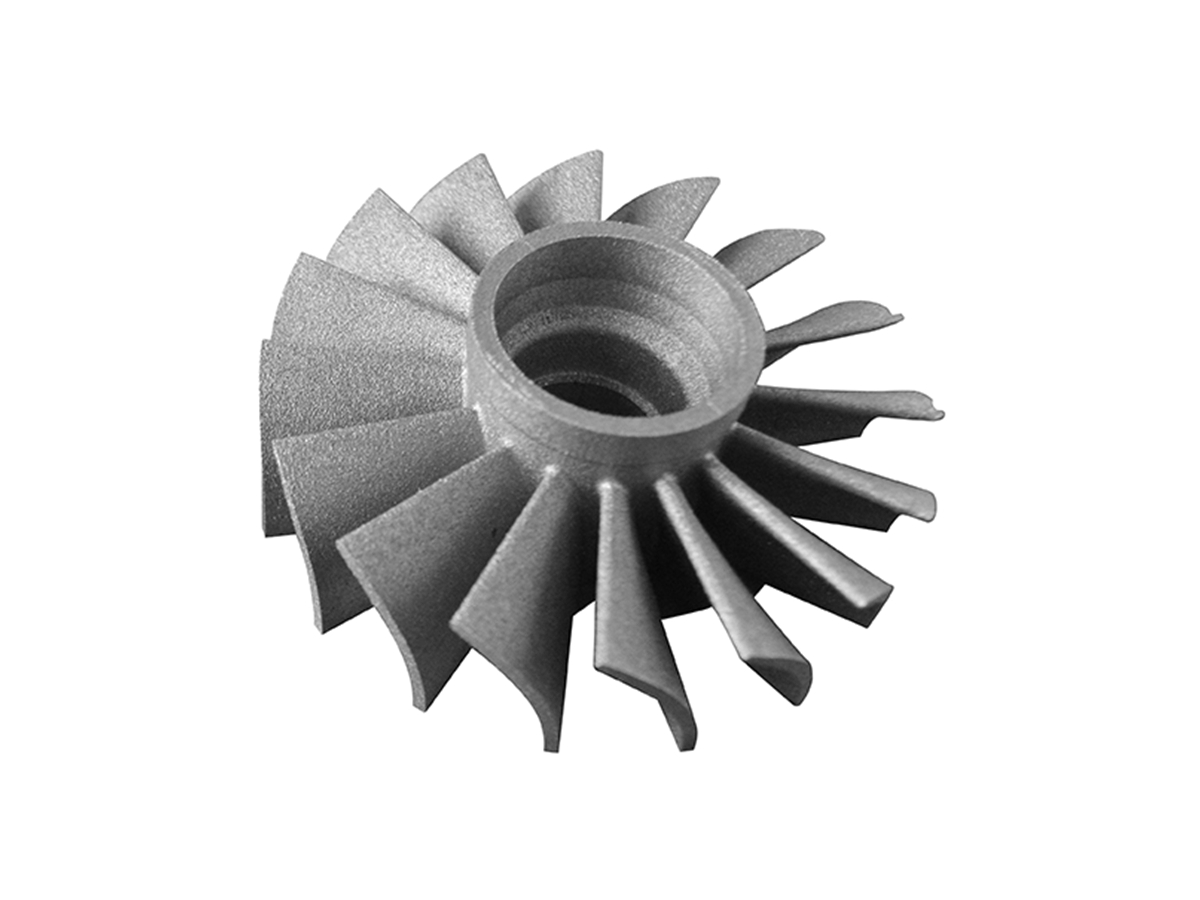Fueling the Future: Carbon Steel 3D Printing for Advanced Turbine Parts in Renewable Energy
Introduction
Carbon steel 3D printing is fueling advancements in renewable energy by enabling the production of high-strength, lightweight turbine components optimized for demanding wind, hydroelectric, and geothermal systems. Utilizing advanced metal 3D printing technologies such as Selective Laser Melting (SLM) and Direct Metal Laser Sintering (DMLS), durable carbon steels like AISI 4140 and Tool Steel MS1 offer outstanding fatigue resistance, wear resistance, and dimensional stability for next-generation turbine designs.
Compared to conventional casting and forging, carbon steel 3D printing for renewable energy turbines dramatically reduces production time, allows lightweight design optimization, and enhances the overall efficiency and durability of critical turbine parts.
Applicable Material Matrix
Material | Ultimate Tensile Strength (MPa) | Yield Strength (MPa) | Hardness (HRC) | Fatigue Resistance | Renewable Energy Suitability |
|---|---|---|---|---|---|
950 | 655 | 28–32 | Very Good | Wind and hydro turbine hubs | |
2000 | 1800 | 52–54 | Excellent | Turbine shafts and couplings | |
2000 | 1850 | 52–54 | Excellent | Load-bearing turbine components | |
950 | 655 | 28–32 | Good | Frame and housing structures | |
1500 | 1300 | 45–52 | Excellent | High-temperature turbine parts | |
800 | 500 | 20–28 | Good | Secondary load components |
Material Selection Guide
AISI 4140: Combining high strength and toughness with excellent fatigue resistance, 4140 is ideal for wind and hydro turbine hubs, connecting rods, and load-carrying arms exposed to dynamic loads.
Tool Steel MS1 (Maraging Steel): With tensile strength over 2000 MPa and outstanding fatigue properties, MS1 is ideal for critical turbine shafts, gear components, and structural couplings.
Tool Steel 1.2709 (Maraging 300): Offering similar strength and superior dimensional stability, 1.2709 is selected for high-load structural turbine parts requiring minimal distortion during thermal cycling.
AISI 4130: Versatile low-alloy steel for turbine housing structures and support frames where moderate strength and good weldability are beneficial.
Tool Steel H13: Excellent high-temperature performance and wear resistance make H13 suitable for geothermal turbine components exposed to elevated operational environments.
20MnCr5: A case-hardened steel offering good wear resistance and surface hardness, appropriate for gear segments, bearing sleeves, and secondary turbine parts.
Process Performance Matrix
Attribute | Carbon Steel 3D Printing Performance |
|---|---|
Dimensional Accuracy | ±0.05 mm |
Density | >99.5% Theoretical Density |
Layer Thickness | 30–60 μm |
Surface Roughness (As-Printed) | Ra 5–12 μm |
Minimum Feature Size | 0.4–0.6 mm |
Process Selection Guide
Topology Optimization: 3D printing allows the creation of lightweight, lattice-reinforced turbine parts that maintain strength while reducing mass, enhancing energy conversion efficiency.
Superior Fatigue Resistance: Materials like MS1 and 1.2709 perform well under cyclic loading conditions, critical for continuously operating renewable energy turbines.
Integrated Functional Designs: Direct printing of internal cooling channels, weight-saving pockets, and mounting features reduces assembly complexity and improves performance.
Rapid Prototyping and Small-Batch Manufacturing: Carbon steel 3D printing accelerates turbine design validation, functional testing, and limited production runs for specialized renewable energy projects.
Case In-Depth Analysis: MS1 3D Printed Turbine Shaft for Offshore Wind Energy System
An offshore wind turbine manufacturer required a lightweight yet ultra-strong turbine shaft capable of operating under continuous dynamic loads in a marine environment. Using our carbon steel 3D printing service with Tool Steel MS1, we produced shafts achieving tensile strength above 1950 MPa and density over 99.5%. Topology-optimized hollow structures reduced shaft mass by 20% without compromising torsional strength. Post-processing included HIP treatment and CNC machining to meet aerospace-grade surface finish and concentricity tolerances.
Industry Applications
Renewable Energy
Wind turbine hubs, shafts, couplings, and internal gears.
Hydro turbine runners, frames, and flow control components.
Geothermal turbine housing structures and thermal load parts.
Energy Storage and Distribution
Mechanical flywheel components.
Structural frames for energy storage modules.
Marine Renewable Systems
Tidal and wave energy converter load-bearing structures.
Underwater turbine rotors and frames.
Mainstream 3D Printing Technology Types for Carbon Steel Turbine Parts
Selective Laser Melting (SLM): Best for producing high-strength, fatigue-resistant carbon steel turbine shafts and hubs.
Direct Metal Laser Sintering (DMLS): Ideal for lightweight, topology-optimized turbine structures.
Binder Jetting: Suitable for prototyping and medium-complexity turbine component production at a lower cost.
FAQs
What carbon steel materials are best for 3D printed renewable energy turbine parts?
How does carbon steel 3D printing improve fatigue resistance and energy efficiency?
What post-processing treatments are needed for high-load turbine components?
How does topology optimization enhance turbine part performance?
Can 3D printed carbon steel turbine parts meet offshore and geothermal operational standards?

